How a dead urban creek was brought back to life
Decades ago, Guichon Creek was buried underground and channelled through culverts. Today, it’s an ongoing restoration success story.
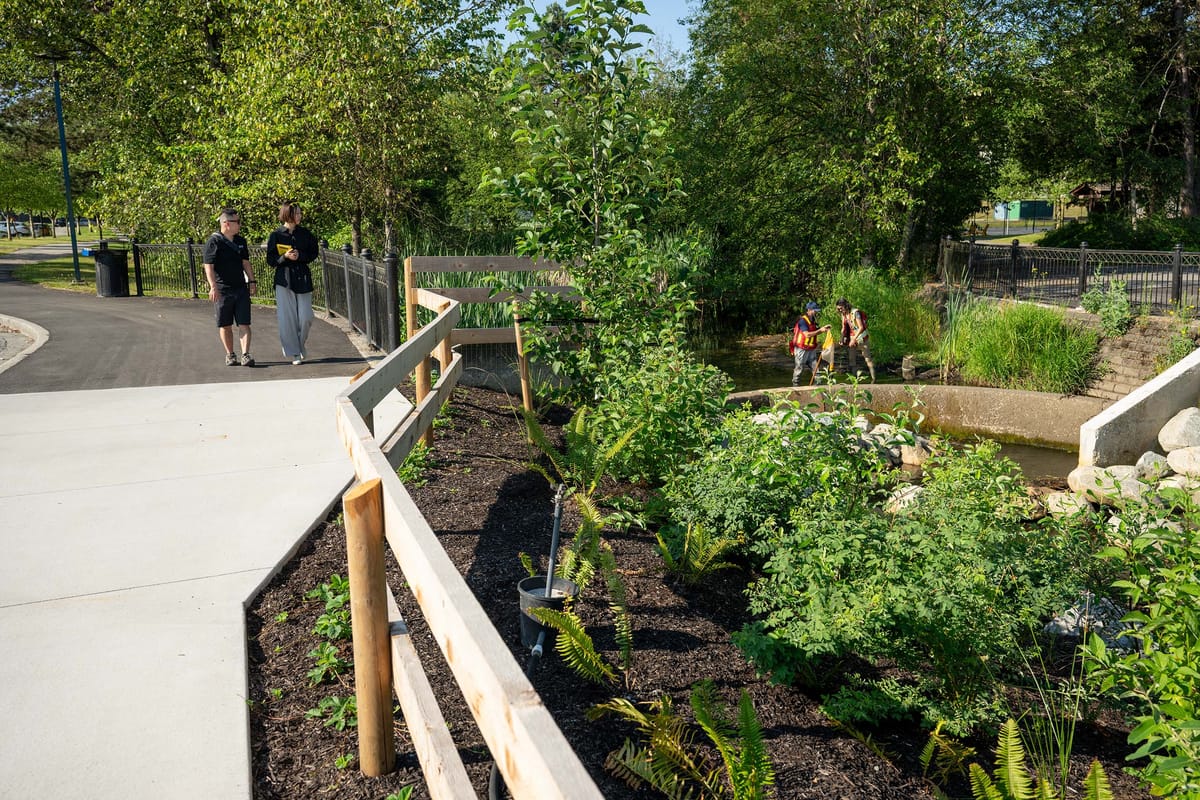
Fifty years ago, Mark Angelo was a young teacher in the Fish and Wildlife Program at the British Columbia Institute of Technology (BCIT). A lifetime lover of rivers and streams, he was excited to learn there was a creek in the back corner of the Burnaby campus.
“On my very first day I went to look at it,” he says. But the Guichon Creek he saw was not what he had expected. The banks of the creek were stripped of vegetation, there were no fish – and garbage was everywhere. “It was very disappointing.”
Despite this, Angelo returned the next day and met an elderly man walking along the creek who had lived in the area for 80 years. He remembered the water teeming with fish. There were eagle nests, and minks and otters that lived along its forested shores. “As I listened to the story, I thought, ‘Wouldn’t it be neat if the creek could be restored to what it once was?’” Angelo says.
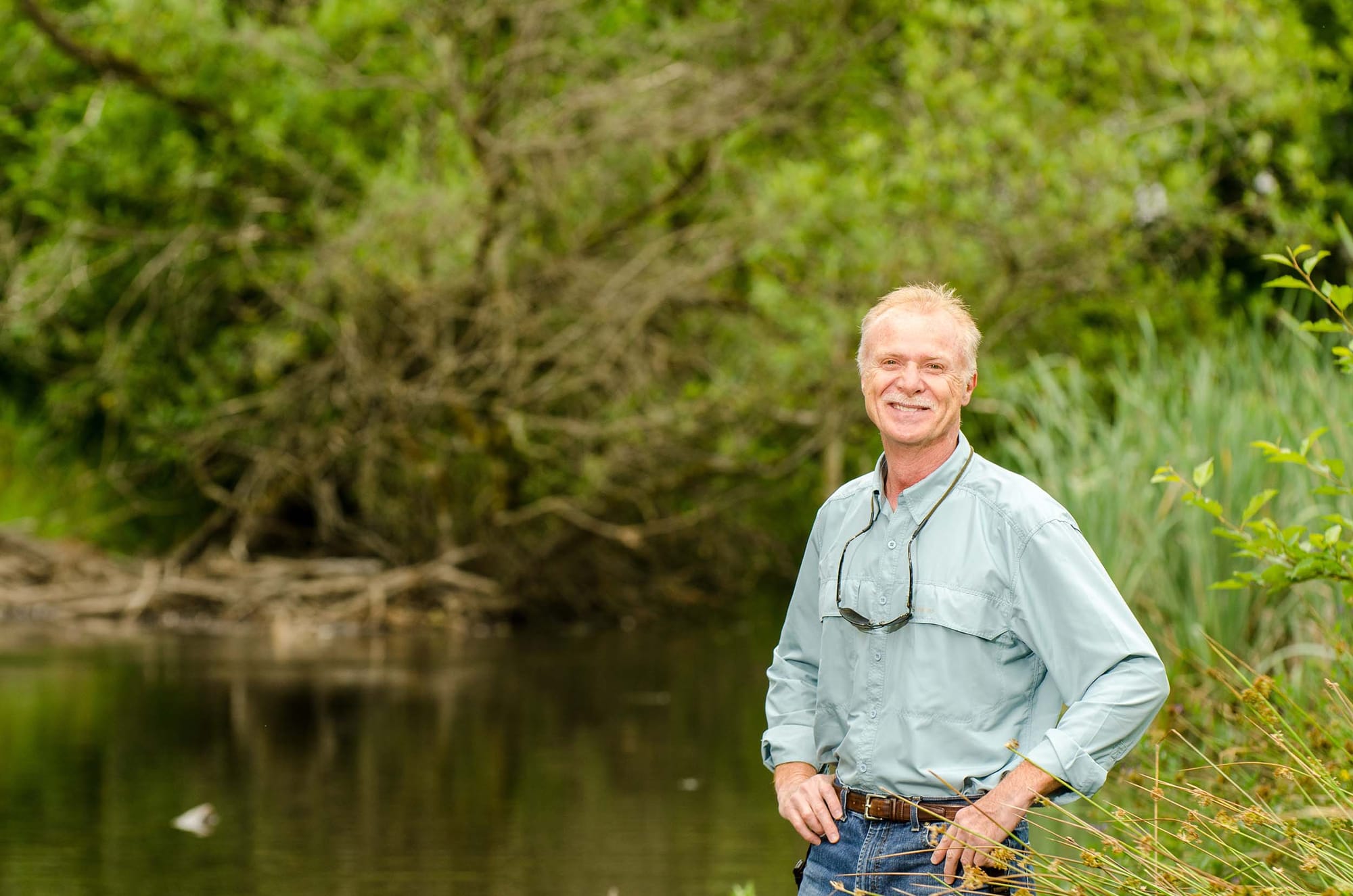
The story of Guichon Creek is typical of what happened to many urban waterways during the early 20th century. As cities grew, these creeks and streams were paved over or culverted (channelled through a structure or subterranean waterway) to make way for development like housing, office towers and roads. Researchers at the University of Maryland, for example, report that 66 percent of Baltimore’s streams are buried. And Detroit has lost 85 percent of its urban waterways since 1902.
Guichon Creek was diverted into culverts and buried underground during the construction of the BCIT campus in the 1950s and ’60s. Its fate seemed sealed – even more so when Angelo started talking to his colleagues about restoring it. “The notion of ecological restoration hadn’t entered the mainstream yet,” says Angelo, now a renowned conservationist and founder of World Rivers Day.
Some felt the effort, time and money it would take to revive the dead creek would be better used protecting streams and rivers already in good shape. Angelo, however, believed both were possible. But it wasn’t going to be easy. Large portions of the creek would need to be daylighted, a process through which concrete culverts and other coverings are removed to restore the natural flow of water and the stream’s ecosystem. In addition, the creek’s shores would need to be replanted.
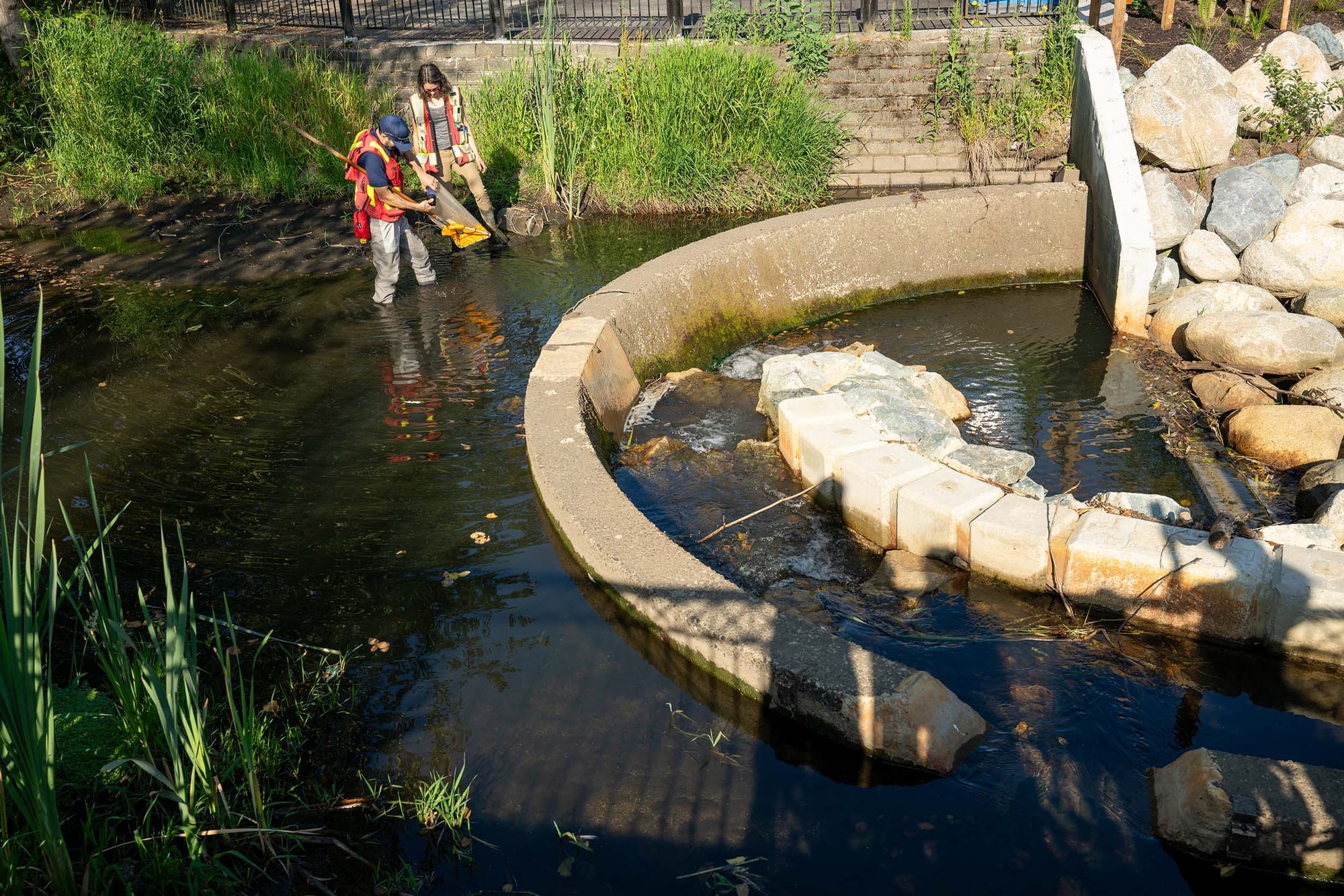
Woodlands adjacent to streams and creeks are known as riparian forests and they provide an array of ecological services. Filtering groundwater, they act as buffers, protecting the waterway from nutrient runoff and pollutants. The leaves, branches and other organic materials that fall into the water provide food for aquatic organisms and create hiding places for beavers and muskrats. In the case of Guichon Creek, removing invasive species like the Himalayan blackberry would make room for native plants such as the salal berry bush and the wild Nootka rose.
With a long to-do list in hand, Angelo rallied students, staff and community support for Guichon. He ended up writing The Little Creek That Could, a children’s book about the project. “Students and teachers and neighbours started to clean up the creek together, bit by bit, year by year. We collected truckloads of litter and garbage. We took away old tires and furniture that had been dumped into the creek.”
But for the creek to turn into what it once was, it had to again become a spawning ground for salmon and trout. Guichon is part of a larger network of streams, lakes and rivers that wind through Greater Vancouver before eventually finding their way to the ocean. Chum salmon face numerous natural and artificial obstacles on their way upstream to the inland creek, including narrow impassable culverts.
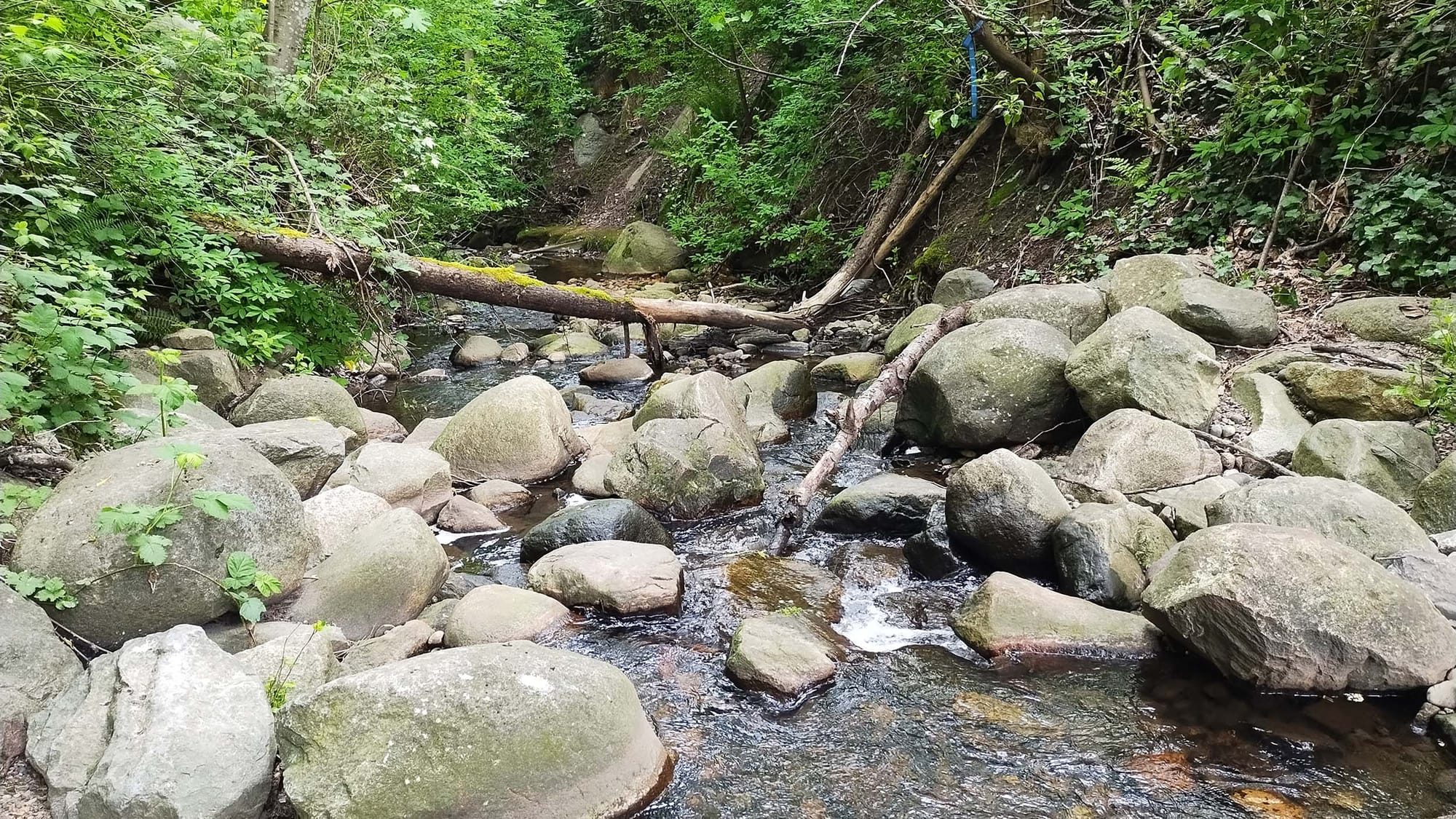
One partner in the project became the City of Burnaby. Its watercourse bylaw prohibits the obstructing or impeding of any stream, creek or waterway within city limits. This spurred a willingness among local administrators to help with restoration efforts. For example, when an old city culvert that fish couldn’t navigate rotted out and needed replacing, the city invested in a multimillion-dollar big box environmental culvert with a natural substrate bottom. Within days of its completion, trout were swimming to sections of the creek that had long been out of reach to them. Angelo credits Burnaby with having learned from other cities’ mistakes.
Evidence of the beneficial changes extends beyond the stream itself, into the surrounding land. “I have heard stories [that] more species of birds have been spotted, and of bears travelling through the creek,” says Caroline Dépatie, former associate dean of natural resources at BCIT.
Half a century is a long time, and even now, restoration work continues. In 2023 a spillway was completed, enabling salmon to reach upper portions of the creek under their own steam. Within the next five years, Dépatie says the construction of a Trade and Technology Centre on campus will provide another opportunity to daylight the buried creek. It doesn’t always have to take so long to restore a waterway, but when the damage is as extensive as it was for Guichon, it makes sense to wait for opportunities that can link restoration efforts with other infrastructure projects, Angelo says.
A newly constructed fishway on Guichon Creek. Video: Jennifer Cole.
The elderly gentleman he met decades ago spoke of the creek as a place where people came to enjoy the nature around them. That experience, too, has been restored, with public-access walking trails lining the creek.
And it’s not just the creek that has changed. Society has, too. A project that some saw no value in has become an educational tool. Students are involved in live lab opportunities where instructors incorporate the restoration work into their course learning outcomes. And BCIT is now proud of its creek: on September 18, 2024, it will be hosting Guichon Creek Day to celebrate the return of this ecosystem.
“Having extended partnerships with groups and individuals is what makes efforts like these successful,” Angelo says. “Guichon Creek highlights that we should never give up on any river, stream or creek, and that nature can heal itself if we give it a chance.”




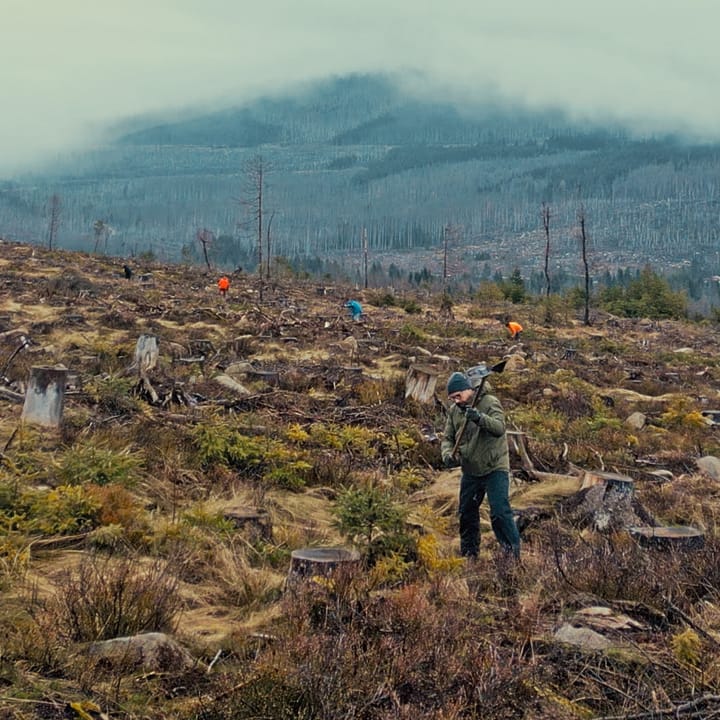
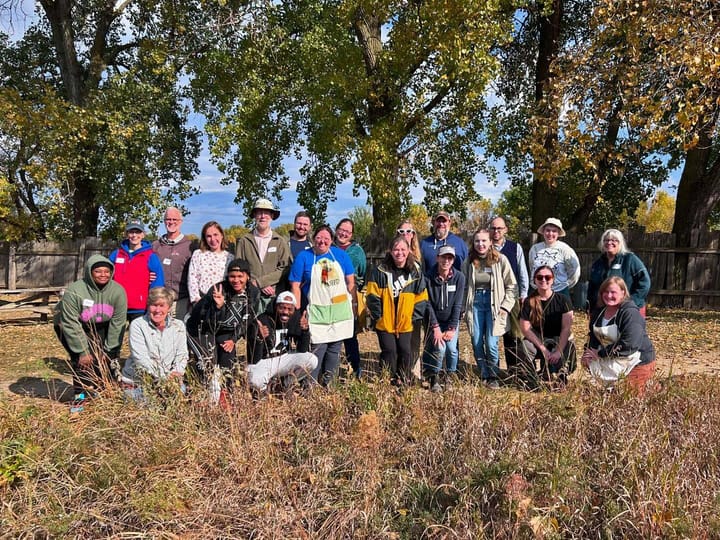
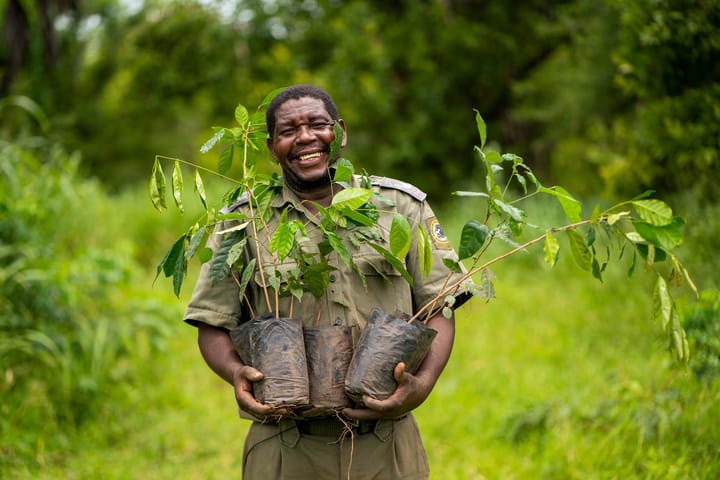
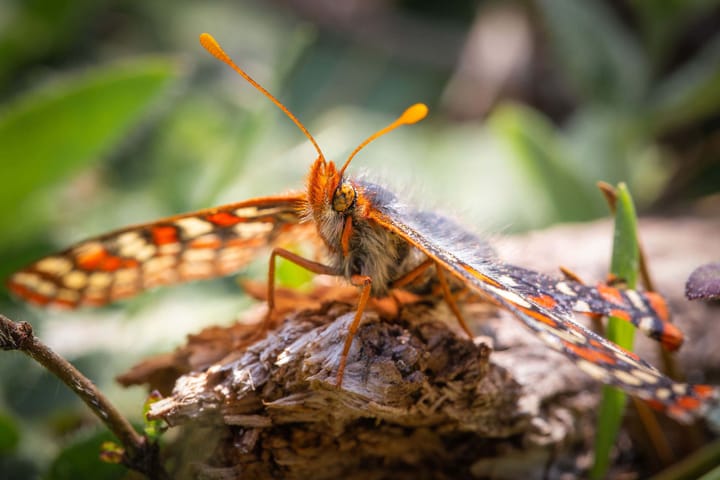
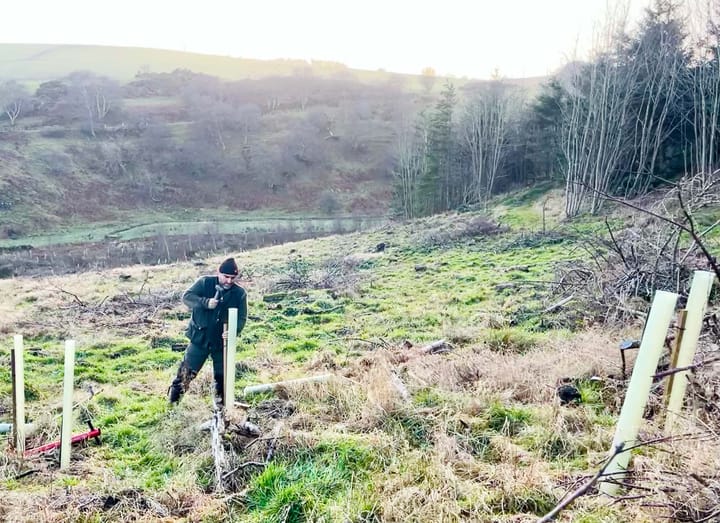
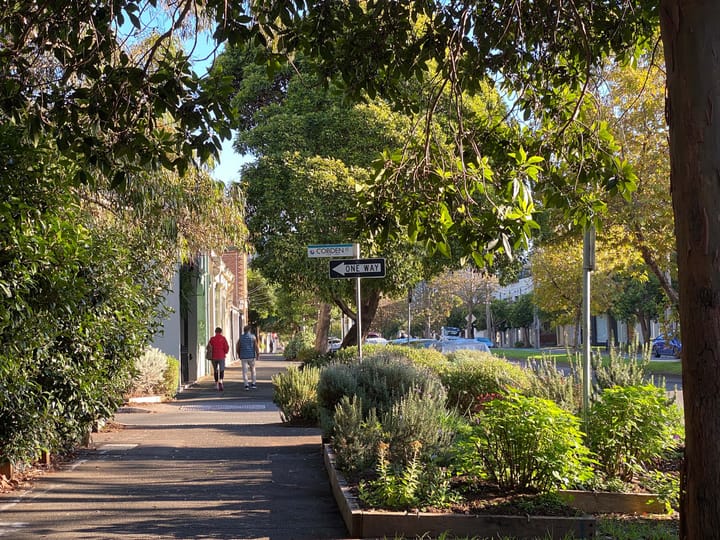
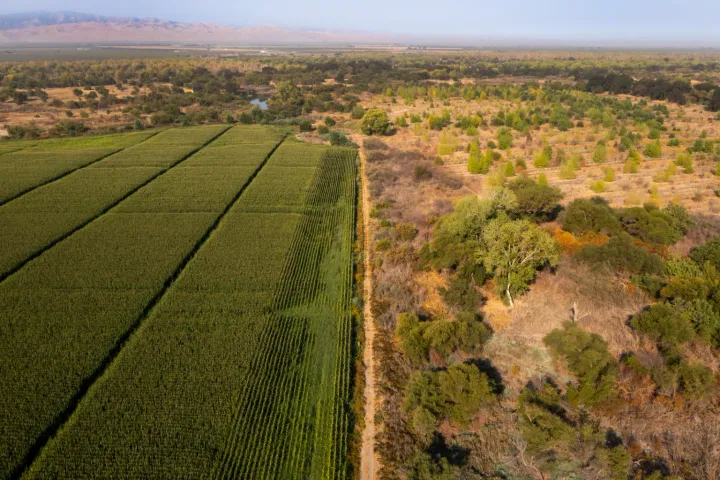

Comments ()